Collect the classic eggs Benedict ingredients
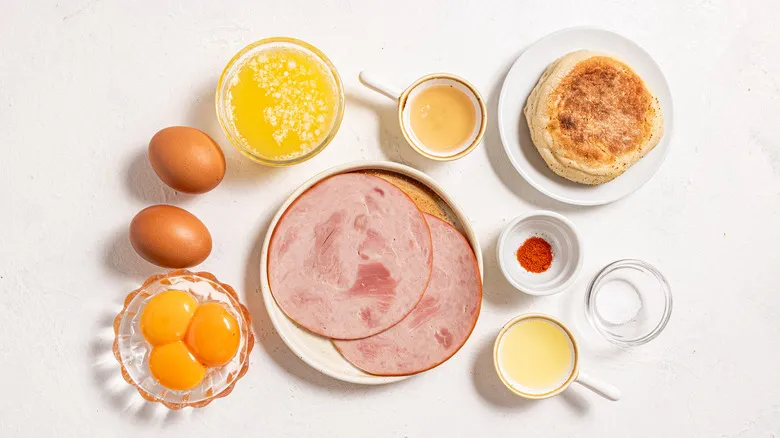
The foundation of this dish features English muffins, ham, and eggs. For the sauce, you'll require extra egg yolks, lemon juice, butter, salt, cayenne, and vinegar to add to the cooking water.
Benedict enthusiasts may raise an eyebrow at the use of ham instead of Canadian bacon in this recipe. While both ingredients are similar, Canadian bacon is the more traditional option for this dish. However, we appreciate the higher fat content in ham, which aids in searing the protein before assembly, creating a delightful contrast in textures. Additionally, ham is less likely to dry out.
Step 1: Beat the egg yolks with salt
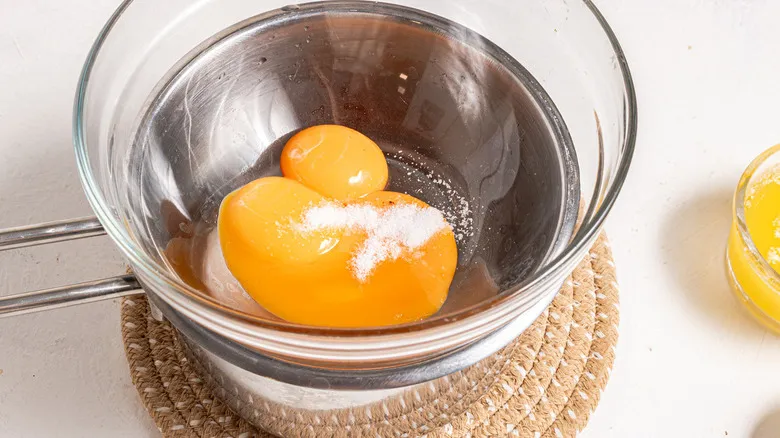
In a bowl placed over gently simmering water, combine three egg yolks and a pinch of salt. Whisk until the mixture is smooth and creamy.
Step 2: Stir in the lemon juice
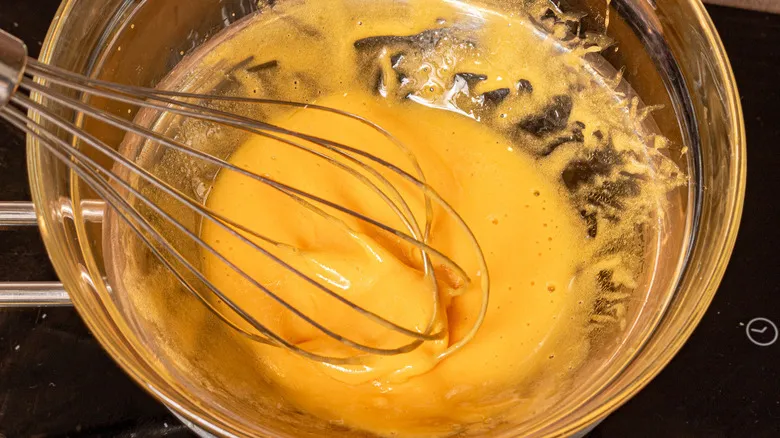
Incorporate lemon juice and whisk for an additional 30 seconds.
Step 3: Add the butter
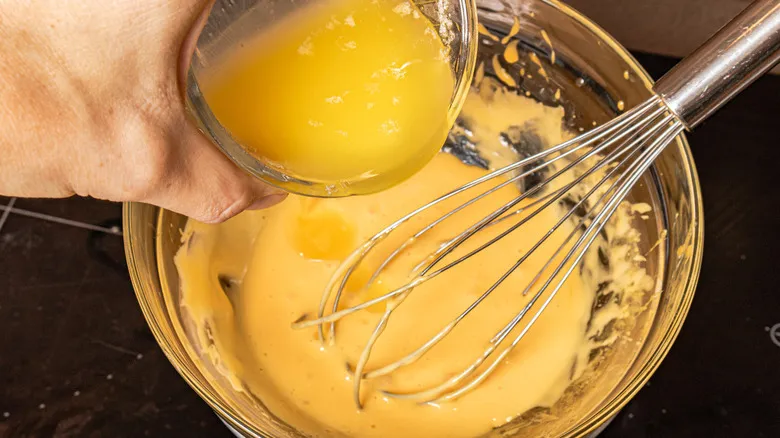
As you whisk the eggs, gradually add the melted butter. Continue whisking until the mixture thickens, which should take around 2-3 minutes.
Step 4: Season the hollandaise sauce
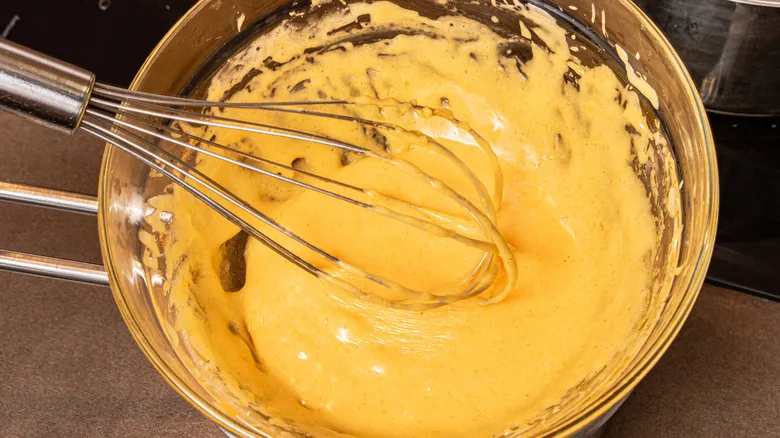
Finally, stir in the salt and cayenne pepper. Set it aside, but ensure it stays warm.
Step 5: Heat the water for the poached eggs
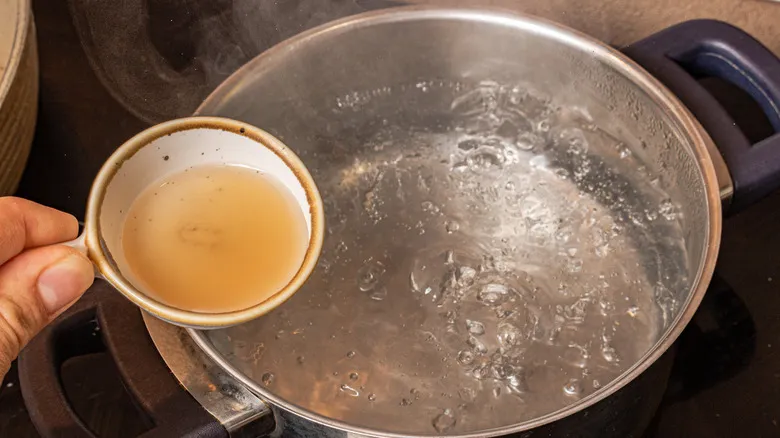
Pour enough water into a saucepan to reach a depth of 2 to 3 inches. Heat the water until it boils, then add vinegar and lower the heat to let it simmer.
Step 6: Open the English muffin
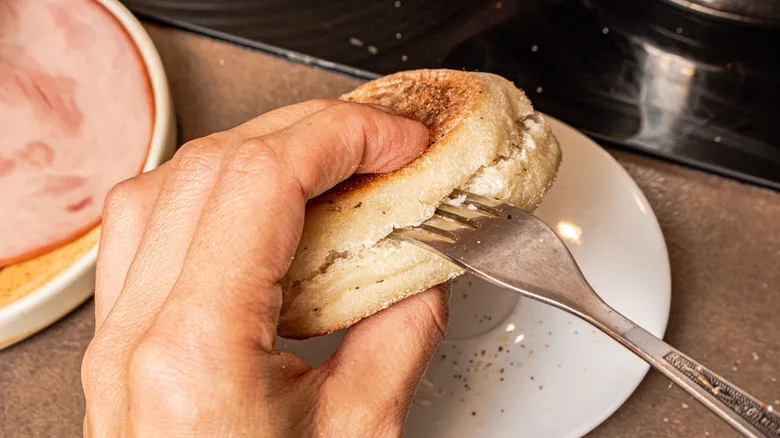
Separate the English muffin.
Step 7: Crack the eggs

Break an egg into a small bowl.
Step 8: Poach the eggs
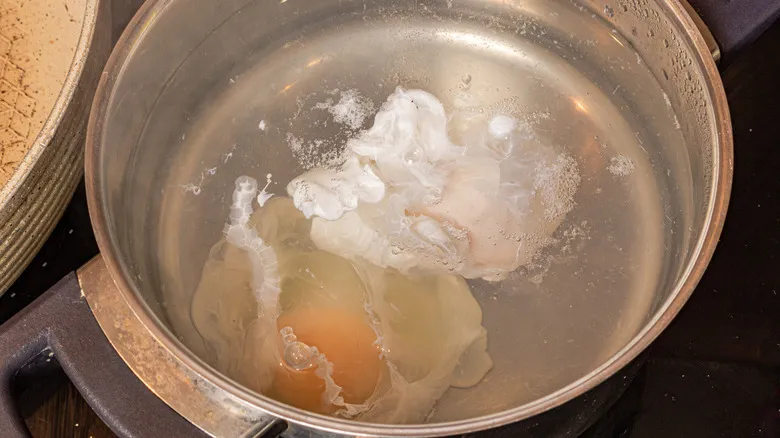
Gently lower the cracked egg into the simmering water. Do the same with the second egg. Allow them to cook for 2-3 minutes, or until the whites turn opaque. Use a slotted spoon to lift the eggs out of the water.
Step 9: Fry the ham
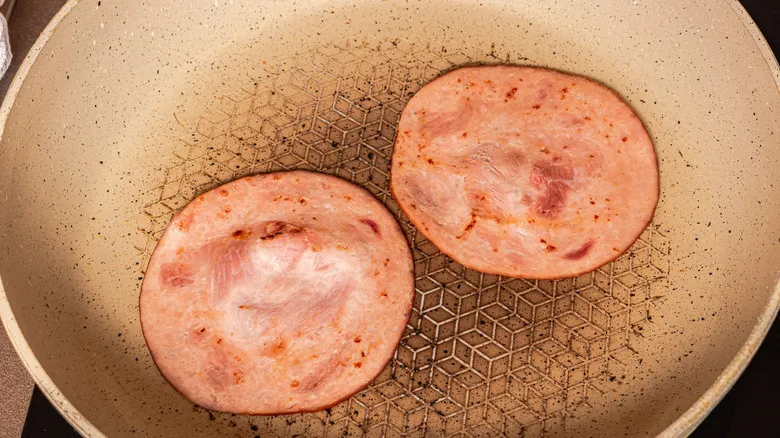
As the eggs are cooking, place the ham in a preheated skillet and sauté over medium heat for approximately 1 minute per side, until heated through and aromatic.
Step 10: Toast the English muffin
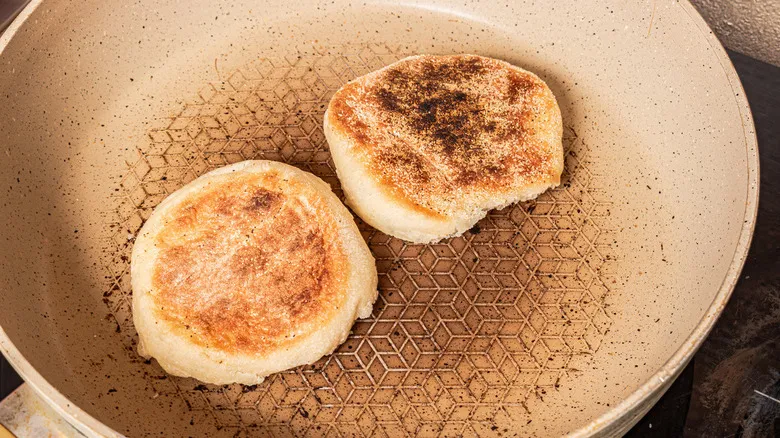
In the same skillet used for the ham, place the two halves of the English muffin and toast them for 30 seconds on each side over medium heat.
Build your eggs Benedict
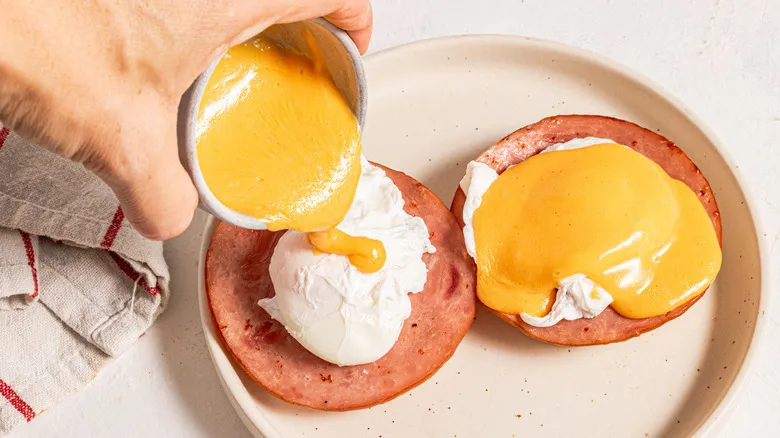
Put together the eggs Benedict by layering warm ham on the toasted English muffins, followed by the poached eggs, and finishing with a drizzle of hollandaise sauce. If desired, add a sprinkle of cayenne pepper for garnish. Serve immediately and enjoy!
Why do you add vinegar when poaching eggs?
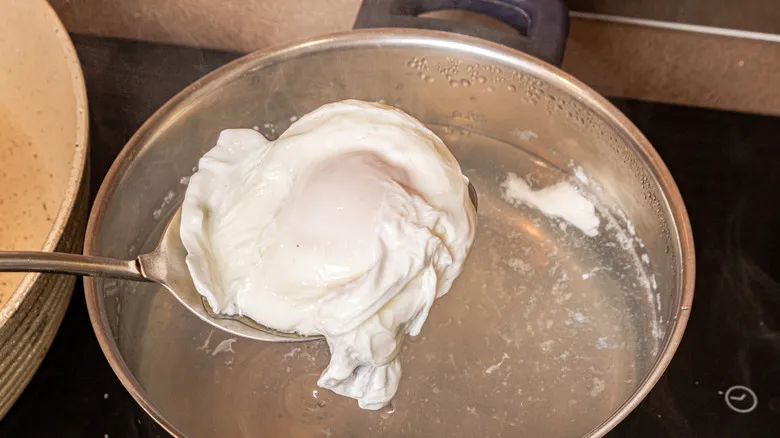
You might be curious about the reason for adding vinegar to the water when poaching eggs. Vinegar is commonly used because it helps the egg whites to coagulate more quickly, resulting in fewer wispy edges. Distilled white vinegar is perfectly suitable for this, but you can use any vinegar you have available. While vinegar doesn’t significantly alter the flavor of the eggs, you can substitute it with lemon juice if that’s your preference.
If you find yourself ready to cook but realize you have no vinegar, don’t worry—your poached eggs won’t be ruined. In fact, some chefs choose to skip the vinegar altogether, noting that the egg whites will still set properly whether or not vinegar is added to the water. Another way to minimize feathering is to use very fresh eggs, or you can crack the eggs into a sieve or create a whirlpool in the water before adding them to the pot. Even if you don’t take any of these steps, the worst outcome will be slightly ragged eggs. Any uneven edges can be trimmed if you’re concerned about presentation, or you can embrace a more rustic look if that suits you.
Can I make eggs Benedict in advance?
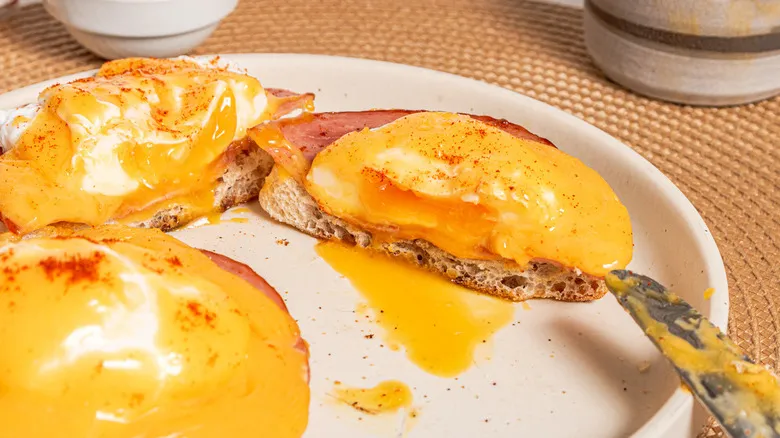
Although eggs Benedict may not be the ideal choice for meal prepping, you can poach the eggs in advance. Once they are cooked to your preference, place them in a resealable plastic container filled with cold water and store them in the refrigerator for up to two days. When you're ready to serve, simply strain the poached eggs and reheat them in simmering water for about 30 seconds.
On the other hand, hollandaise sauce is best enjoyed fresh due to its delicate emulsion. However, you can prepare it up to an hour in advance, provided you keep it in a heatproof bowl, tightly covered with plastic wrap, and placed in a pan of very hot (but not boiling) water. This method will keep your sauce warm without further cooking it. If you have any leftover hollandaise, it's advisable to refrigerate it and reheat it rather than letting it go to waste. To warm it up, use the same heatproof bowl in a pan of simmering water, ensuring the temperature does not exceed 140°F, as this is the point at which the sauce may separate.
Recommended

Balsamic-Glazed Fried Chicken Wings Recipe
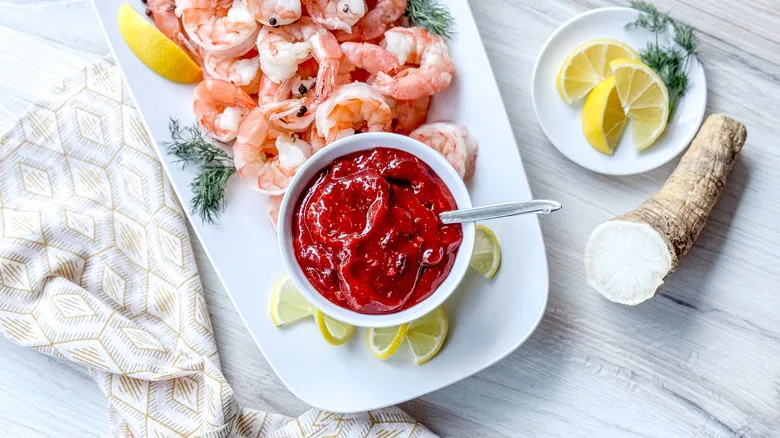
Scandinavian-Inspired Lingonberry Cocktail Sauce Recipe
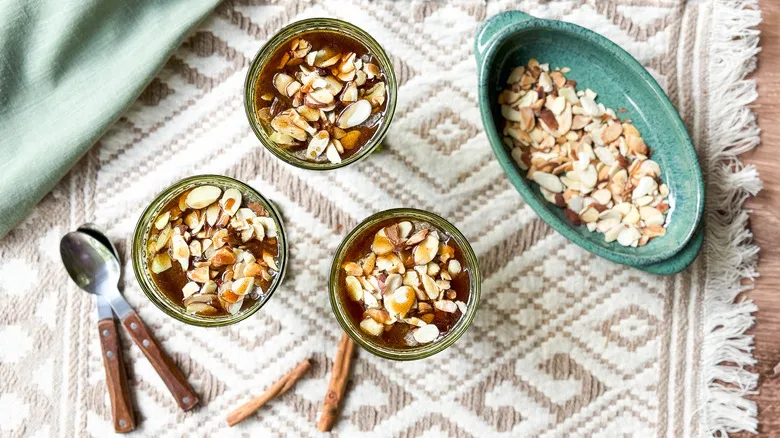
Almond Chai Chia Pudding Recipe
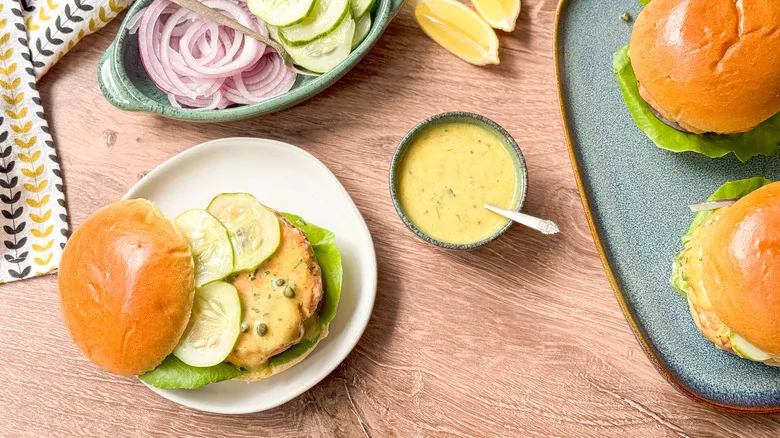
Broiled Salmon Burgers With Curry Remoulade Recipe
Next up

